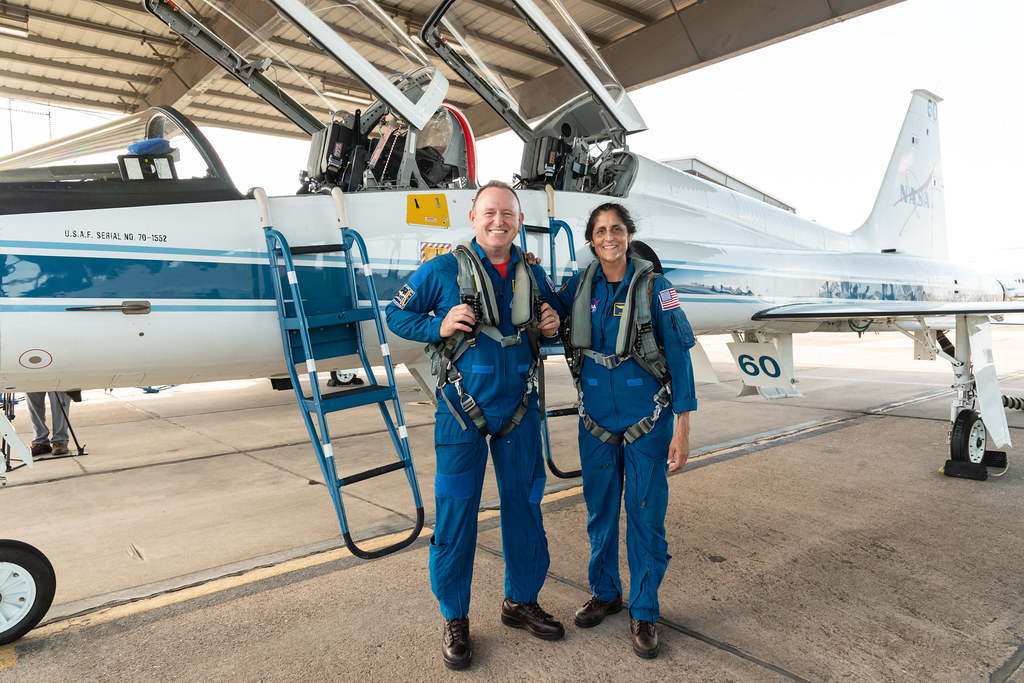Boeing Employees Face Setbacks as SpaceX Steps in to Rescue Astronauts Amid Starliner Issues

In a surprising turn of events, Boeing employees are grappling with a wave of disappointment and humiliation as SpaceX prepares to step in and rescue astronauts Butch Wilmore and Sunita Williams due to ongoing issues with Boeing’s Starliner spacecraft. This development not only highlights the challenges faced by Boeing in its quest to establish a reliable crew transportation system but also underscores the growing dominance of SpaceX in the commercial spaceflight industry.
The Starliner Setback: What Went Wrong?
Boeing’s CST-100 Starliner was designed to transport astronauts to and from the International Space Station (ISS) as part of NASA’s Commercial Crew Program. However, the spacecraft has encountered a series of technical difficulties that have delayed its operational readiness. Despite extensive testing and development, the Starliner has faced multiple setbacks, including software glitches and issues with its propulsion system.
These challenges have raised serious concerns about Boeing’s ability to deliver on its commitments to NASA and the broader space community. As a result, NASA has turned to SpaceX, which has successfully launched and returned astronauts to the ISS multiple times with its Crew Dragon spacecraft. This decision marks a significant moment in the ongoing rivalry between Boeing and SpaceX, as the latter continues to solidify its position as a leader in the commercial space sector.
SpaceX to the Rescue: A New Era of Spaceflight
SpaceX’s involvement in rescuing Wilmore and Williams is a testament to the company’s rapid advancements in space technology. With its proven track record, SpaceX has become the go-to provider for crewed missions, demonstrating reliability and efficiency that Boeing has struggled to match. The Crew Dragon spacecraft, equipped with state-of-the-art technology and safety features, has garnered praise from astronauts and industry experts alike.
The decision to utilize SpaceX for this mission not only reflects NASA’s confidence in the company but also highlights the shifting dynamics within the commercial space industry. As SpaceX continues to innovate and expand its capabilities, Boeing faces increasing pressure to address its shortcomings and regain its standing in the market.
Implications for Boeing and the Future of Space Exploration
The setbacks faced by Boeing have significant implications for the company’s future in the aerospace sector. As the space race intensifies, the ability to deliver reliable crew transportation services is paramount. Boeing’s struggles with the Starliner program could hinder its prospects for future contracts and partnerships, potentially impacting its bottom line.
Moreover, the situation raises questions about the broader implications for the commercial space industry. As private companies like SpaceX continue to push the boundaries of space exploration, traditional aerospace giants must adapt to remain competitive. The need for innovation, efficiency, and reliability has never been more critical.
A Call for Resilience and Innovation
As Boeing employees navigate the challenges posed by the Starliner issues, the company must focus on resilience and innovation to overcome these setbacks. The space industry is evolving rapidly, and the ability to adapt to changing circumstances will be crucial for success. While SpaceX’s involvement in rescuing astronauts may be a blow to Boeing’s reputation, it also serves as a reminder of the importance of collaboration and progress in the pursuit of space exploration.

Average Rating